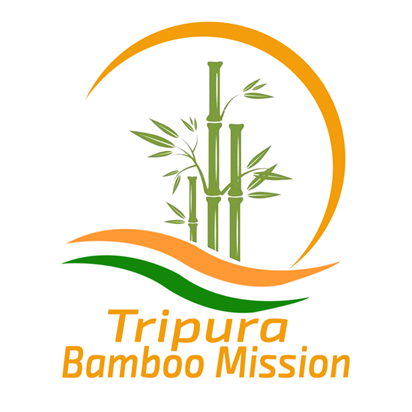An evergreen plant and a member of the true grass family Poaceae, bamboo is the fastest growing woody perennial on the planet, and some of the giant species can grow up to four feet per day. Most bamboo species grow in the tropics; however, some varieties occur naturally in subtropical and temperate zones of all continents except Europe. The growing zone ranges from latitudes 46 °N to 47 °S and from sea level to over 13,000 feet (4,000 m) in elevation. The plant can grow as short as a couple of inches, to as tall as 100 plus feet and 8 inches in diameter. There are currently over 1,250 known bamboo species, and 136 genera. The bamboo family is diverse and can grow in a wide range of climates and conditions. Sizes, shapes, colors, and behaviors of bamboo can also vary significantly. Asia alone has over 1000 species, most of it in natural stands. Current major bamboo producing and using countries include China, India, Bangladesh, Indonesia, Vietnam and Thailand.
Bamboo is an important resource for livelihood, generating income and improving the nutritional status of over 2 billion poor people mostly in rural communities. It also provides the resource base for expanding Small and Medium Enterprise sector, providing employment and income generating opportunities to alleviate poverty especially in rural areas and communities. With such properties bamboo can be considered an excellent entry point for poverty alleviation programs and initiatives.
Furthermore Bamboo benefits rural-urban communities as it (a) blends itself to agricultural approaches, (b) can be grown on non-agricultural land with annual harvests, (c) is easily processed by simple tools because it splits linearly, (d) Bamboo based industrial development benefits the communities through its demand for human resources for growing, harvesting, transportation and processing of bamboo, (e) Provides nutritious food in the form of bamboo shoots (f) bamboo also works for land protection, soil quality improvements including improved water holding capacity, higher water capture and recharge benefiting agriculture and food security.


